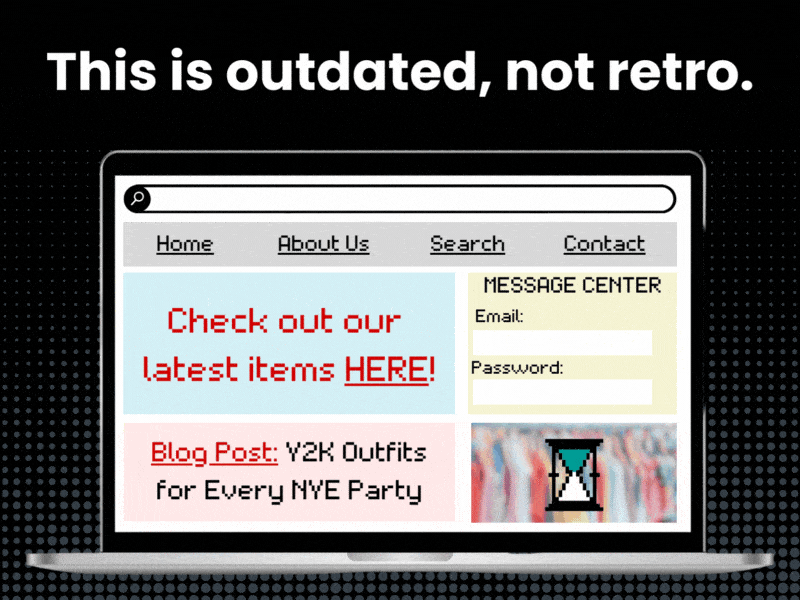What Factors Contribute to the Success of a Pay-Per-Click Campaign?

Every business owner who's dipped their toes into the digital marketing waters has heard of Pay-Per-Click (PPC) advertising. Whether it's Google Ads, Bing Ads, or social media channels like Facebook Ads, PPC campaigns can be a game-changer for your business. However, creating a successful PPC campaign isn't as simple as turning on a faucet—it requires the right blend of strategy, knowledge, and execution.
Step 1: Know Your Audience Inside Out
The very first stepping stone to a successful PPC campaign is understanding your audience thoroughly. It's about knowing their demographics (like age, location, and gender) and their psychographics (such as interests, behaviors, and values). Armed with this information, you can create ads that strike a chord with your potential customers. Google Analytics and Facebook Insights are invaluable tools that can offer demographic and psychographic insights about your audience.
Step 2: Master the Art of Keyword Selection
The next crucial component of your PPC campaign, especially on search engines like Google and Bing, is keyword selection. Imagine your keywords as the terms your audience types into the search bar when they are looking for your products or services. Google Keyword Planner and SEMrush are top-of-the-line tools that can help you find keywords with strong search volumes and reasonable competition levels. These tools can also suggest additional keywords that you might not have contemplated.
Step 3: Craft Ad Copy That Draws Clicks
With your keywords in hand, it's time to create your ad copy. Think of your ad copy as your online sales pitch that presents your offer to the audience and compels them to click. Make your message straightforward, intriguing, and brief. A strong call-to-action (CTA), the part of your ad that invites viewers to click, is essential.
When it comes to platforms like Facebook Ads, where visuals often take center stage, selecting the right images or videos to accompany your ad copy is just as important. Invest in professional, relevant visuals to make your ads more appealing.
Step 4: Optimize Your Landing Pages
After your audience clicks your ad, they're directed to your landing page. Your landing page should be focused, presenting clear value to the visitor, be it a specific product, a service, or a unique selling proposition. An effective design is key, incorporating clean lines, easy navigation, fast load times, and a visual identity that aligns with your brand.
The Call-to-Action (CTA) is another crucial element — it should be clear, compelling, and well-placed, usually above the fold. Consider including customer testimonials or case studies for social proof. Lastly, remember to use analytics to track user behavior on your landing page, offering invaluable insights for continuous optimization. In essence, a well-designed landing page can significantly boost the success of your PPC campaign, turning clicks into tangible business results.
Step 5: Monitor and Optimize Regularly
Once your PPC campaign is up and running, the journey doesn't end. Regular tracking is crucial to check your campaign's health and identify any areas requiring improvements. Tools like Google Ads' Performance Planner can forecast how your ads will perform and offer tips for optimizing your campaigns.
The goal of a PPC campaign isn't just to drive clicks; it's to drive clicks that lead to business growth.
Why Are PPC Campaigns Important to Small Business Owners?
PPC campaigns offer the opportunity to reach a wide or niche audience, depending on your needs, without the hefty financial investment that traditional advertising often requires. Whether you're targeting a specific demographic with handmade soap, or a local crowd with your cozy coffee shop, or a global audience with your branded backpacks, PPC's adaptability allows you to reach the audience that matters most to your business.
One major advantage of PPC is that it levels the playing field, enabling you to compete alongside larger businesses in the digital space. Regardless of budget size, everyone plays by the same rules in the world of PPC. That's right, your ad could be displayed right next to a multinational brand.
At its core, a successful PPC campaign solves the problem of visibility. It boosts your brand's online presence, drives traffic to your website, and ultimately leads to conversions. Not just that, the data you gather from your PPC campaigns gives you valuable insights about your customers. So, it's not just an advertising investment, but a long-term commitment to understanding your customers and growing your business.
Final Thoughts
One of the most common misconceptions about PPC is that it's a silver bullet, providing immediate results with little effort. The truth is, it requires ongoing work, tweaks, and adaptability to ever-changing digital trends. But this shouldn't deter you. Remember, even the most proficient digital marketers had to start somewhere, and by looking for tips that drive your success, you're already a step ahead.
Though the journey of running a successful PPC campaign requires effort, it doesn't need to be intimidating or time-consuming. If you're feeling a little overwhelmed, remember, Your WP Guy is here to lend a helping hand. We're experts in the nuances of PPC campaigns and we're passionate about helping businesses like yours succeed. Why not take the first step towards PPC success today? Schedule a discovery call with us!
What Factors Contribute to the Success of a Pay-Per-Click Campaign? Summary
- Know Your Audience: Understanding demographics and psychographics of your target audience is crucial for creating effective ads.
- Master Keyword Selection: Keywords are vital for your PPC campaign, especially on search engines. Use tools like Google Keyword Planner and SEMrush for this task.
- Craft Compelling Ad Copy: Your ad copy should be clear, engaging, and accompanied by a strong CTA. On platforms like Facebook, relevant visuals are equally important.
- Optimize Your Landing Pages: Landing pages should offer clear value to visitors with effective design and a compelling CTA. Consider including customer testimonials for social proof.
- Monitor and Optimize Regularly: Constant tracking and optimization are required for maintaining the health of your PPC campaign.


